Are you looking for a way to propagate your Heuchera plants? Splitting is an easy and effective method that will help you expand your garden and create new plants.
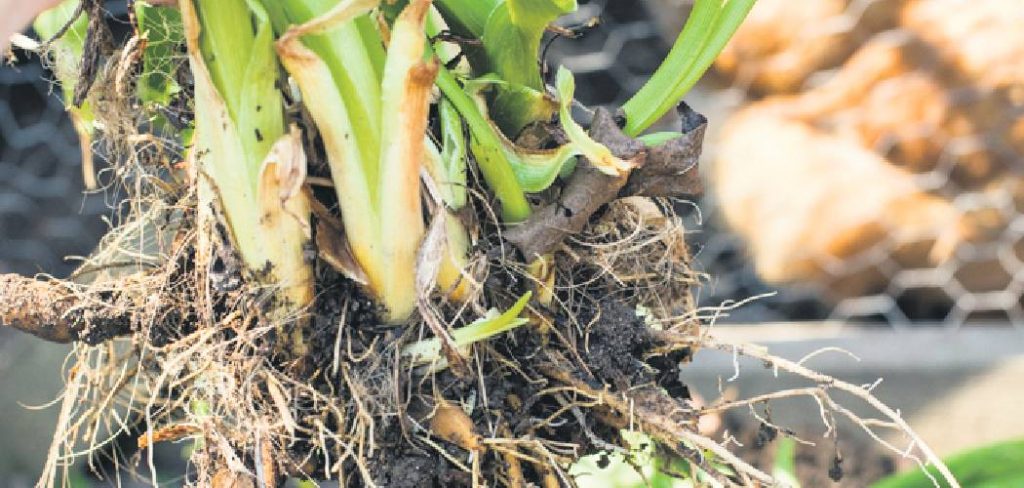
Dividing heuchera plants is an effective way to keep these vibrant perennials healthy, thriving, and looking their best. Over time, heuchera clumps can become overcrowded, leading to reduced vigor and fewer blooms. Splitting the plants not only rejuvenates them but also provides an opportunity to propagate new plants for other parts of your garden. This simple gardening task can be done with minimal tools and effort, ensuring your heuchera plants continue to flourish year after year.
In this guide on how to split heuchera plants, we will cover the steps you need to take and provide tips for success.
What Are the Benefits of Splitting Heuchera Plants?
Splitting heuchera plants has a number of benefits for both the plant and the gardener. Some of the main benefits include:
- Rejuvenation: As mentioned, splitting heuchera plants helps to rejuvenate them by removing old and overcrowded clumps. This allows for new growth and better overall health.
- Increased Vigor: By dividing and replanting individual heuchera crowns, you are providing each plant with more space and resources to grow. This results in increased vigor and larger, healthier plants.
- Propagation: Splitting heuchera plants also allows you to propagate new plants. Each divided crown can
What Will You Need?
- A sharp garden knife or spade
- Pruning shears
- Soil amendments (such as compost or fertilizer)
- Planting pots or containers (if propagating new plants)
Once you have gathered all necessary materials, follow these steps to successfully divide and replant your heuchera plants.
10 Easy Steps on How to Split Heuchera Plants
Step 1. Choose the Right Time:
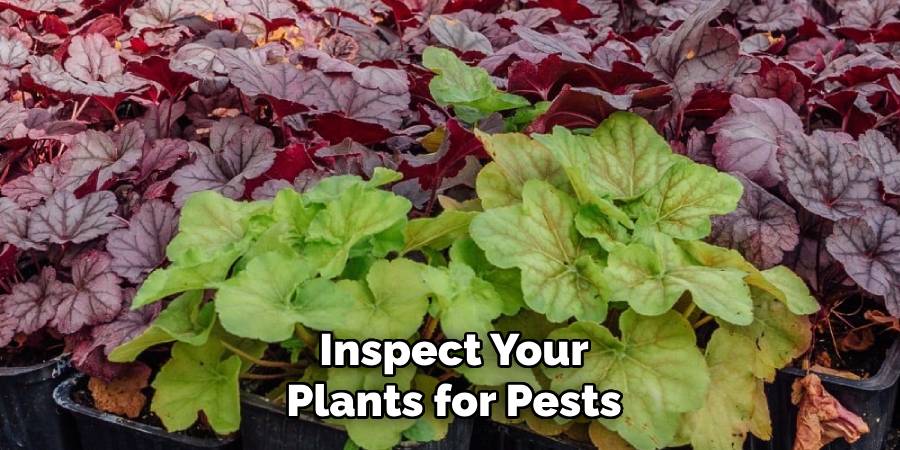
The ideal time to split heuchera plants is during the cooler months of early spring or fall. This is when the plants are not in active growth, reducing the stress on them during the division process. Early spring is particularly favorable because it allows the newly divided plants to establish themselves before the heat of summer. Similarly, in fall, splitting should be done early enough to give the plants time to settle and develop roots before winter sets in. Avoid dividing heuchera during extremely hot or dry periods, as this can hinder recovery and growth.
Step 2. Prepare Your Tools:
To ensure a successful division process, gather and prepare the necessary tools beforehand. You will need a clean, sharp spade or garden knife for cutting through the plant’s root system. Additionally, have a trowel or small shovel on hand for digging and loosening soil around the plant. A bucket of water is useful for keeping the roots moist during the process. It’s also a good idea to have gloves to protect your hands and a disinfectant solution to clean your tools.
Step 3. Water the Plant:
Watering the plant is a crucial step to ensure its successful transplantation. Begin by soaking the plant thoroughly, allowing the water to reach deep into the soil. This helps to reduce transplant shock and keeps the roots hydrated during the process. Use a watering can or hose with a gentle spray setting to avoid washing away soil or damaging the roots. Make sure the water is evenly distributed around the base of the plant. Proper hydration not only promotes healthy root development but also helps the plant adjust to its new environment.
Step 4. Dig Up the Plant:
Begin by carefully loosening the soil around the base of the plant using a garden fork or a small spade. Work gently to avoid damaging the roots. Start digging a few inches away from the plant’s stem, and gradually create a circle around it. Once the soil is loosened, lift the plant gently, keeping as much of the root system intact as possible. For larger plants, enlist help to ensure the roots and stems are not strained during the process. Place the extracted plant on a tarp or in a container to protect the roots while you prepare its new location.
Step 5. Inspect the Root Ball:
Carefully examine the root ball for any signs of damage, disease, or pests. Trim off any dead or rotten roots using clean, sharp gardening shears to encourage healthy growth. Make sure the roots are moist but not overly saturated, as this could lead to root rot. If the roots are tightly packed or circling, gently loosen them to help the plant establish itself better in its new location.
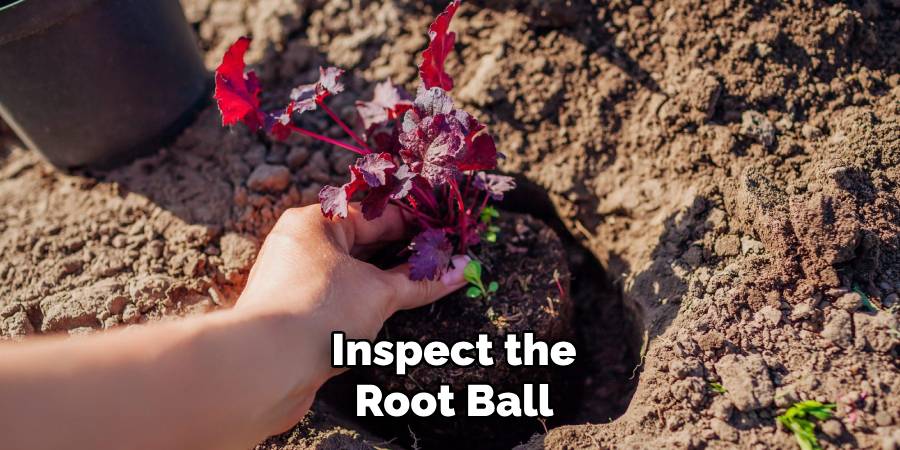
Step 6. Divide the Plant:
If the plant has grown large enough or has multiple crowns, it may be beneficial to divide it before replanting. Using a clean, sharp knife or spade, carefully separate the plant into smaller sections, ensuring each section has a healthy portion of roots and foliage. This process not only helps to control the size of the plant but also encourages more vigorous growth and can produce additional plants for other areas of your garden. Handle the divisions gently and avoid damaging the roots.
Step 7. Trim Dead Leaves and Roots:
Using clean, sterilized pruning shears or scissors, carefully trim away any dead, damaged, or discolored leaves from the plant. Additionally, inspect the roots and remove any sections that appear mushy, blackened, or dried out. This step is essential to promote healthy regrowth and prevent diseases from spreading to the rest of the plant. Be cautious not to over-trim, as preserving healthy foliage and root structures is crucial for the plant’s recovery and overall vitality.
Step 8. Prepare the Planting Area:
Select a suitable location for your plant based on its specific light and soil requirements. Clear the area of any debris, weeds, or old roots to ensure a clean and healthy environment. Loosen the soil to improve aeration and drainage, and, if needed, mix in compost or organic matter to enrich the soil’s nutrients. Ensure the area is properly leveled and ready for planting, creating an optimal foundation for your plant to thrive.
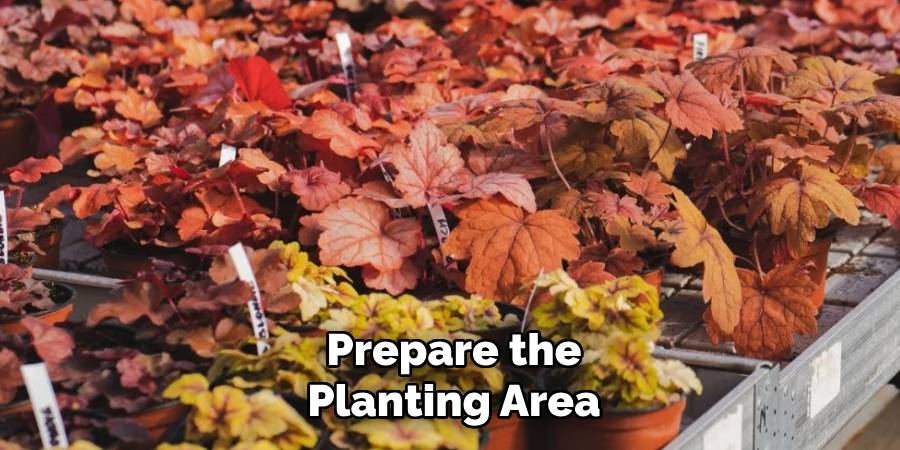
Step 9. Replant the Divisions:
Carefully place each division into the prepared planting area, ensuring the roots are spread out and not crowded. Position the division so that it sits at the same depth it was growing previously, with the crown slightly above the soil line. Gently fill in the soil around the roots, making sure there are no air pockets, and press it down lightly to secure the plant. Water the newly replanted divisions thoroughly to help settle the soil and encourage root establishment. Keep the soil consistently moist as the divisions recover and adapt to their new environment.
Step 10. Water and Mulch:
Water the plants deeply after planting to ensure the roots are well-hydrated and the soil settles around them. This initial soaking helps eliminate air pockets and promotes healthy root-to-soil contact. Once watered, apply a layer of organic mulch, such as shredded bark, straw, or compost, around the base of the plants. Mulching helps retain soil moisture, regulate temperature, and suppress weed growth. Ensure the mulch is spread evenly, keeping it a few inches away from the plant crowns to prevent moisture-related diseases.
By following these simple steps, you can split your heuchera plants successfully, ensuring healthy growth and propagation for seasons to come!
5 Things You Should Avoid
- Dividing Plants at the Wrong Time
Avoid splitting heuchera plants during extremely hot or cold seasons. The best time to divide the plants is early spring or early fall when the weather is mild, ensuring they can recover and establish roots effectively.
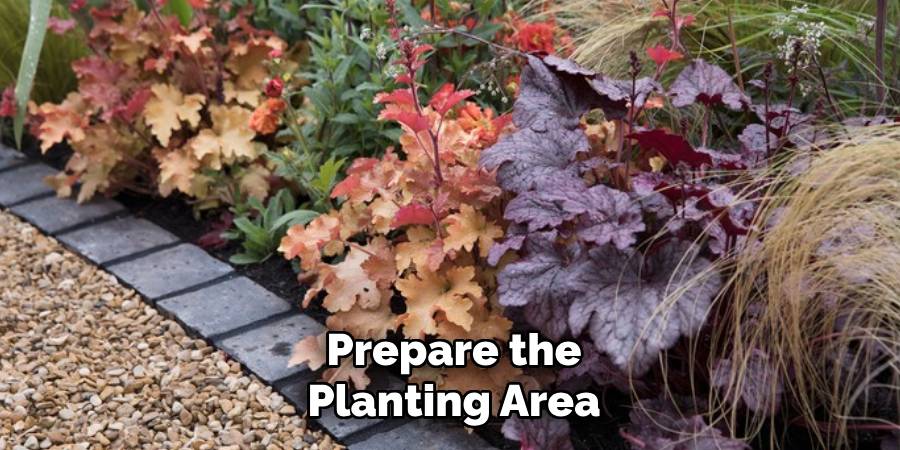
- Using Dull or Dirty Tools
Do not use dull or unclean tools for splitting the plants. Sharp, sterilized tools help make clean cuts, reducing the risk of damaging the plant or transmitting diseases.
- Overwatering After Splitting
Refrain from overwatering newly split heuchera plants. While they need consistent moisture to establish, excessive watering can cause root rot and hinder healthy growth.
- Leaving Crowns Buried Too Deeply
Ensure that the crowns of the plants are not buried under the soil during replanting. Burying them too deeply can lead to crown rot and ultimately harm the plant’s health.
- Ignoring Signs of Disease or Pests
Avoid dividing or replanting heuchera if the plants show signs of disease or pest infestation. Address these issues before splitting to prevent spreading problems to healthy sections or surrounding plants.
What Type of Light Do Heuchera Plants Need?
Heuchera plants thrive in partial shade to full sun, depending on the variety. They generally prefer dappled or filtered sunlight rather than intense direct light. Some varieties can even tolerate full shade, making them a great option for shaded areas of your garden.
To determine the best location for your heuchera plants, consider the amount of natural light they will receive throughout the day. If planting in an area with more intense sunlight, provide some protection from the hot afternoon sun to prevent sunburn on the leaves.
Conclusion
How to split heuchera plants is a straightforward process that promotes healthier growth and vibrant foliage.
By carefully timing the division, selecting healthy plants, and addressing any pest or disease issues beforehand, you can ensure the success of the process. Remember to use clean tools, avoid burying crowns too deeply, and provide adequate care after replanting to help the plants thrive.
With these steps, you can rejuvenate your heuchera and create flourishing additions to your garden.
About
Jennifer Branett is a distinguished figure in the world of Garden design, with a decade of expertise creating innovative and sustainable indoor solutions. His professional focus lies in merging traditional craftsmanship with modern manufacturing techniques, fostering designs that are both practical and environmentally conscious. As the author of garden, Jennifer delves into the art and science of garden-fix, inspiring artisans and industry professionals alike.
Education RMIT University
(Melbourne, Australia) Associate Degree in Design (Jennifer Branett) Focus on sustainable design, industry-driven projects, and practical craftsmanship. Gained hands-on experience with traditional and digital manufacturing tools, such as CAD and CNC software.
Nottingham Trent University
(United Kingdom) Bachelor’s in Garden and Product Design (Honors) Specialized in product design with a focus on blending creativity with production techniques. Participated in industry projects, working with companies like John Lewis and Vitsoe to gain real-world insights.Publications and Impact
In indoor, Jennifer Branett his insights on Garden design processes, materials, and strategies for efficient production. His writing bridges the gap between artisan knowledge and modern industry needs, making it a must-read for both budding designers and seasoned professionals.
